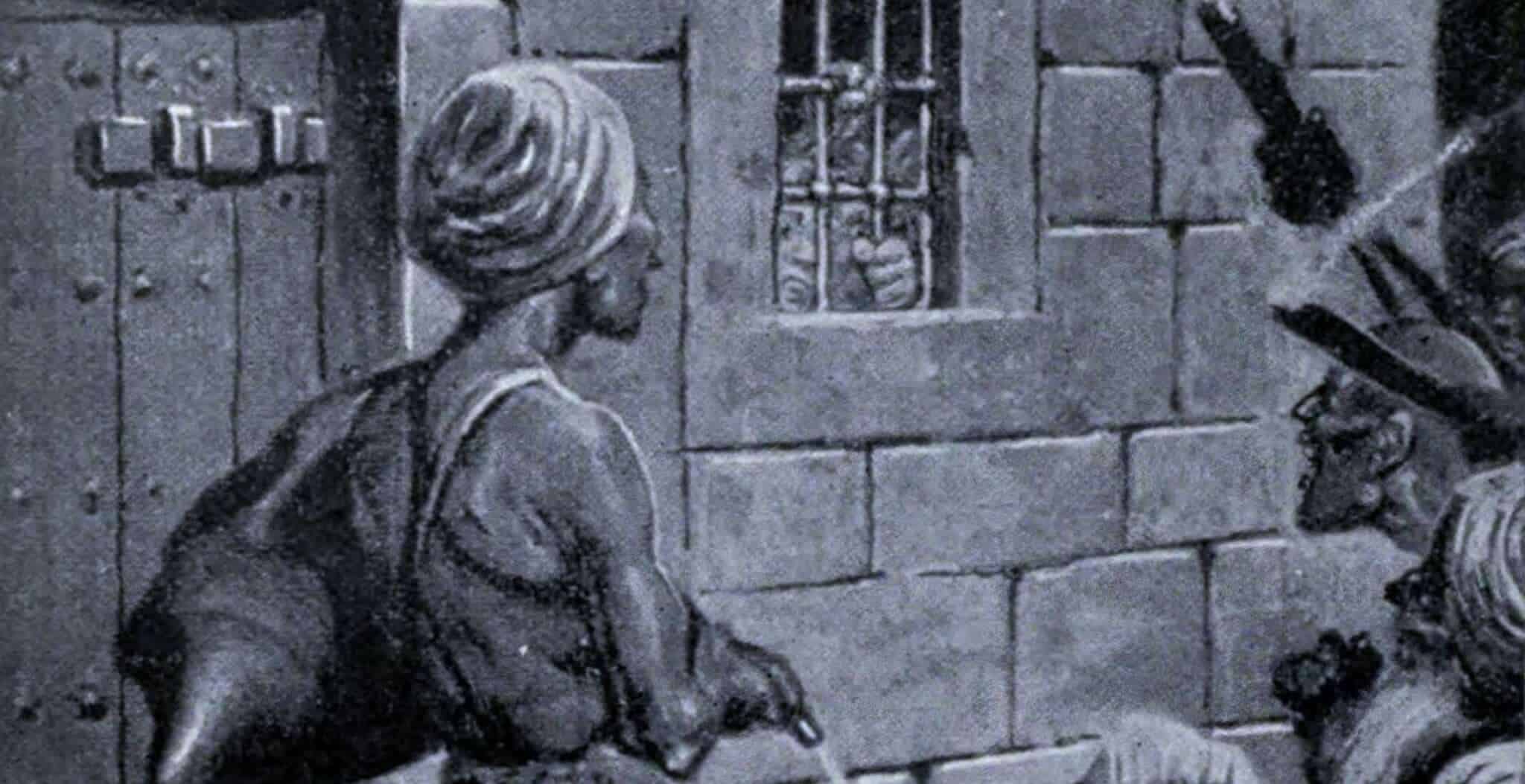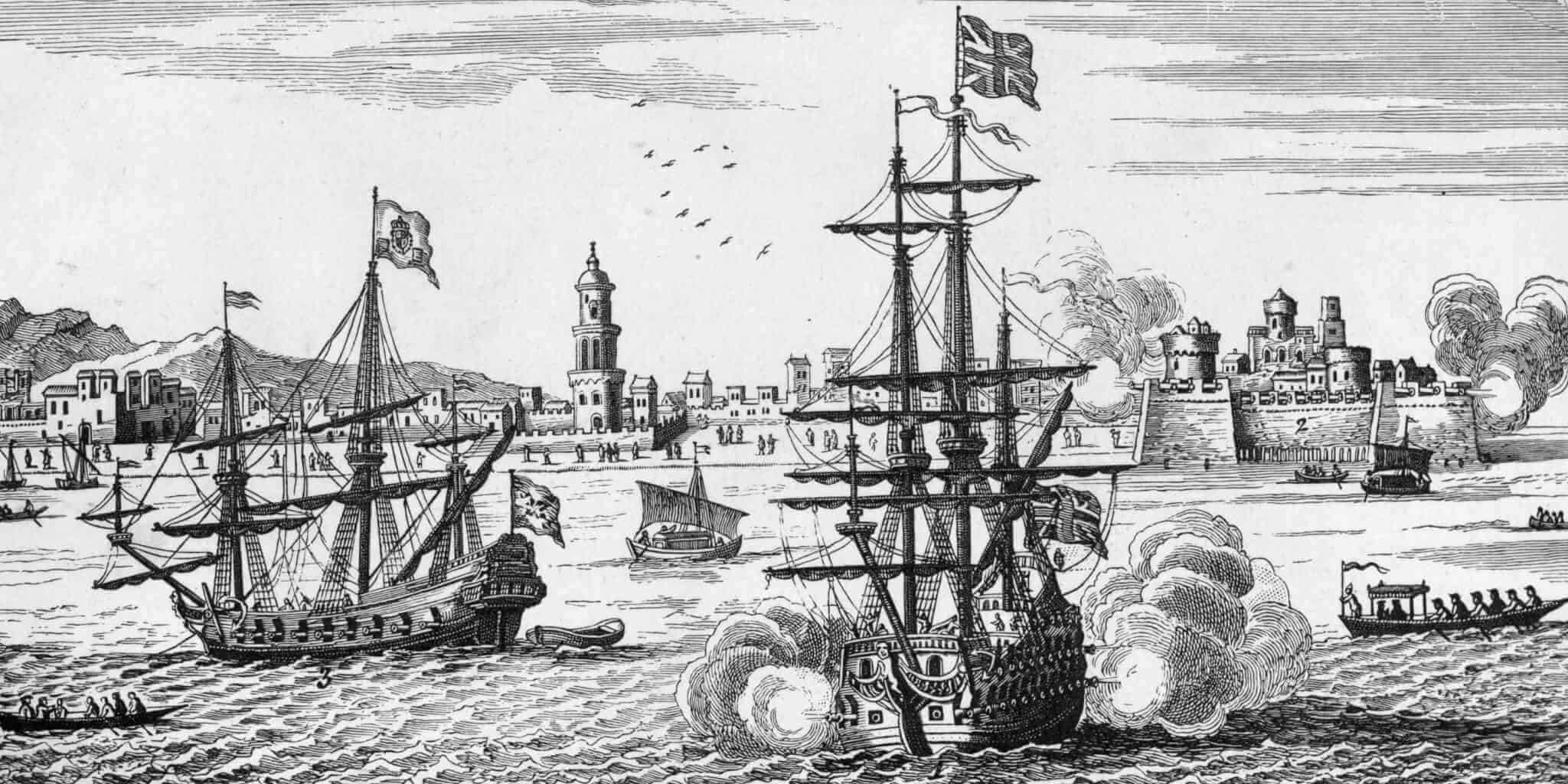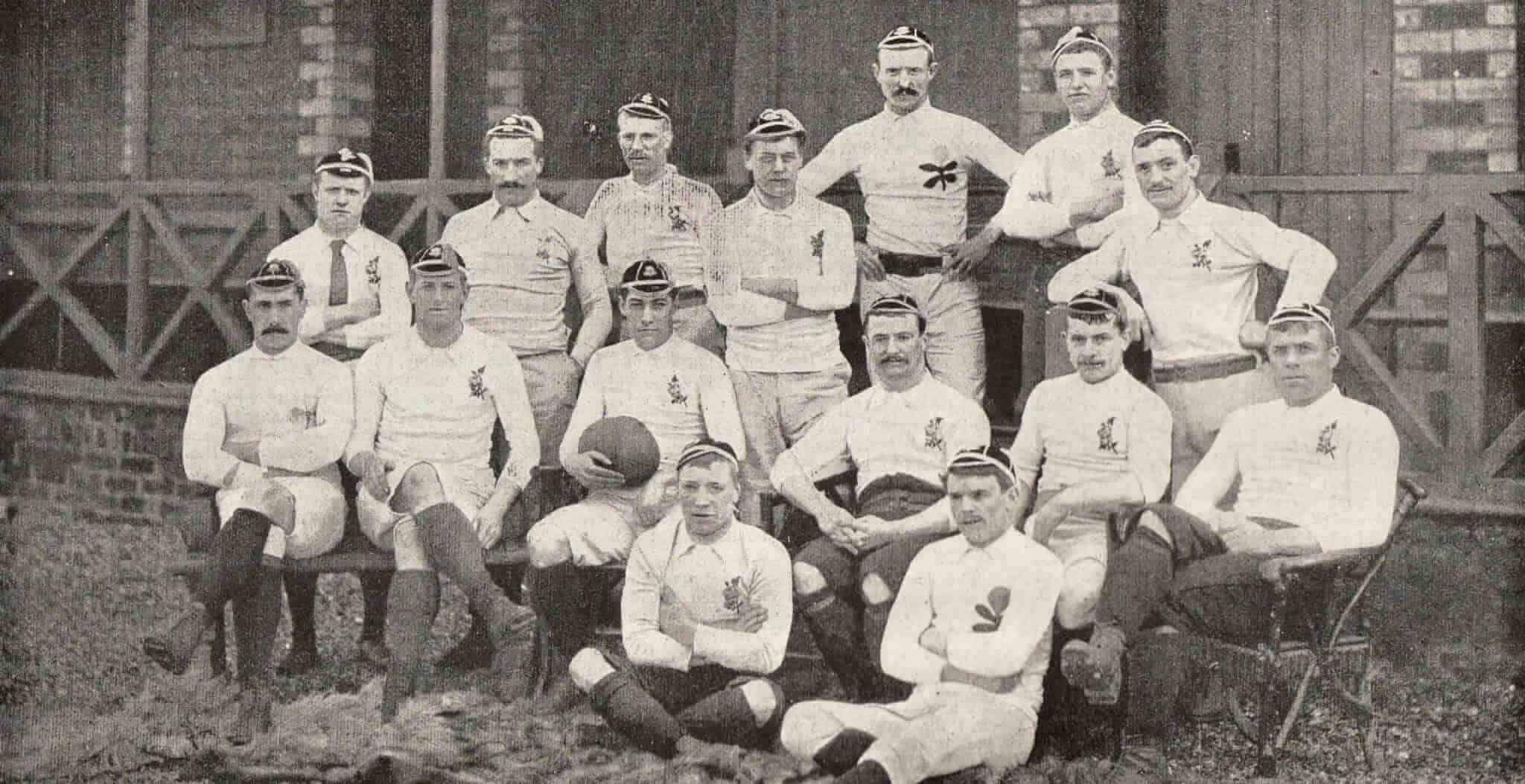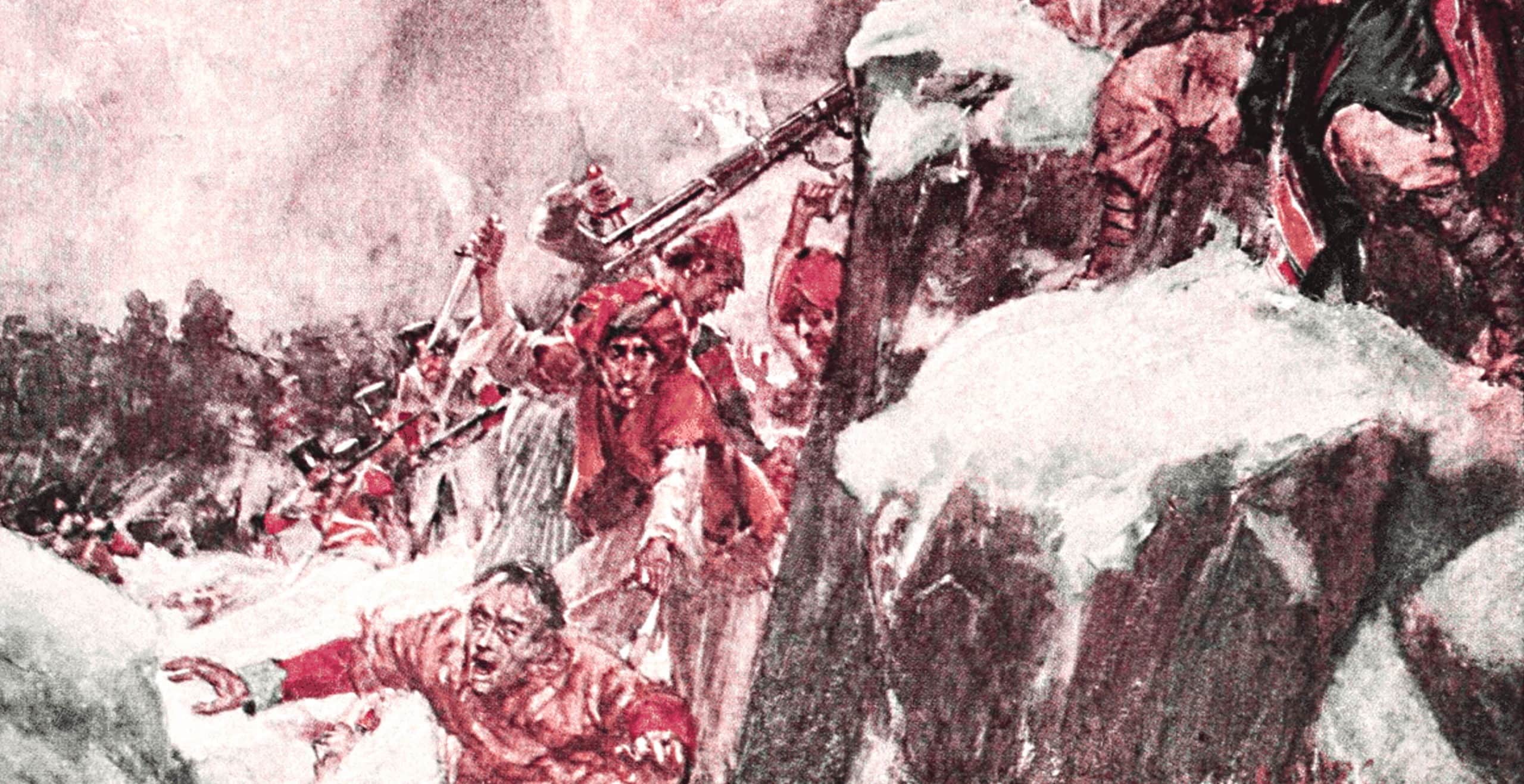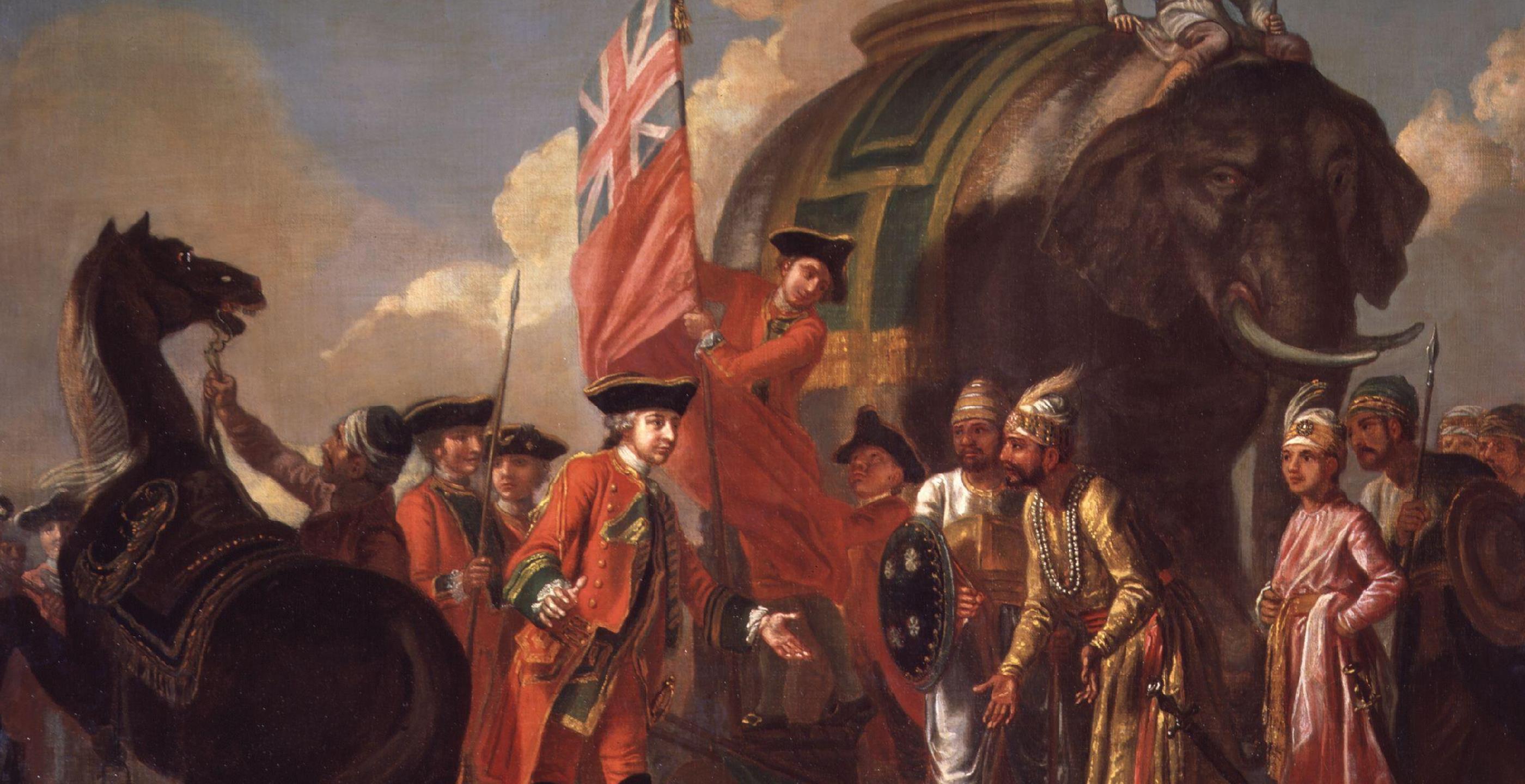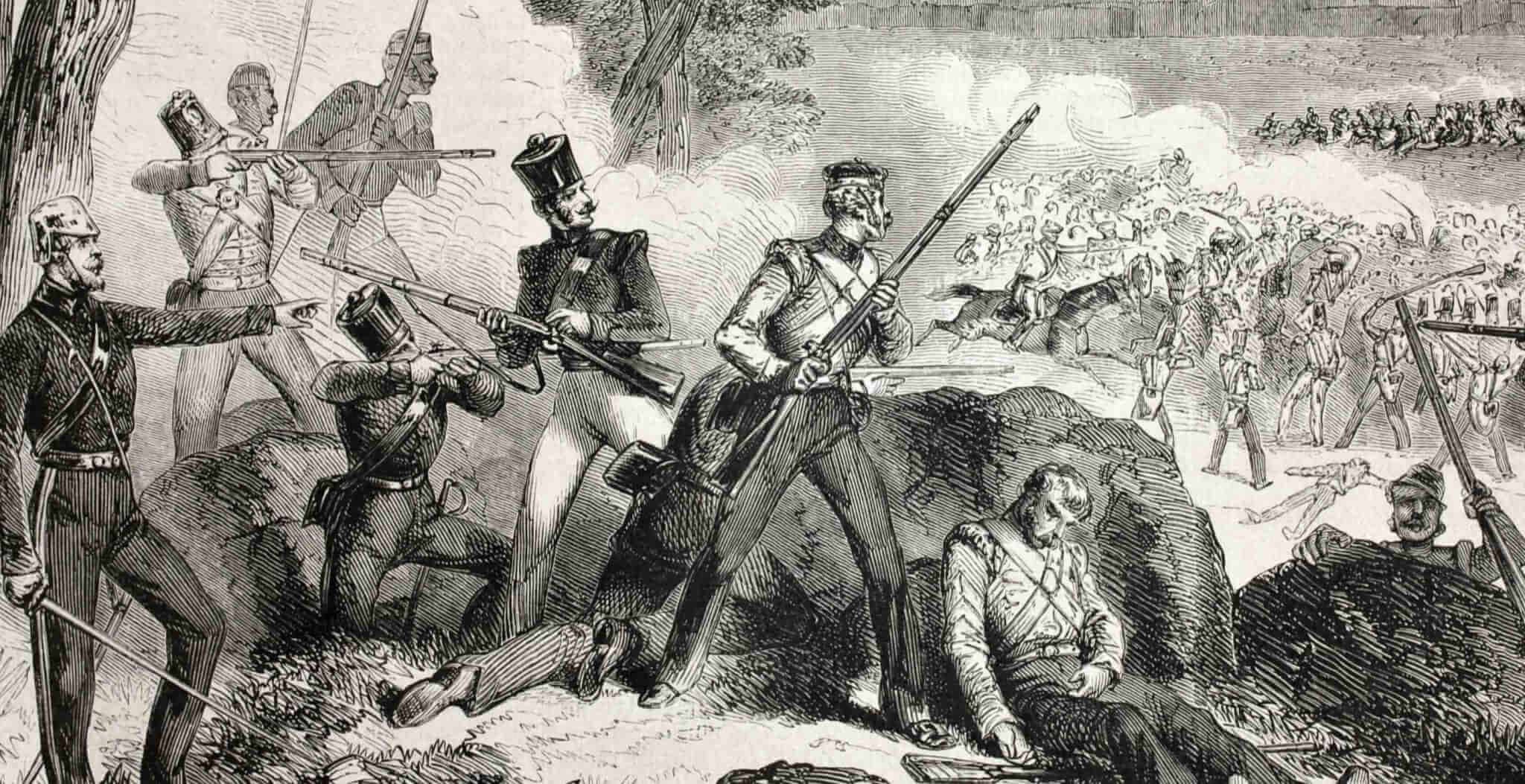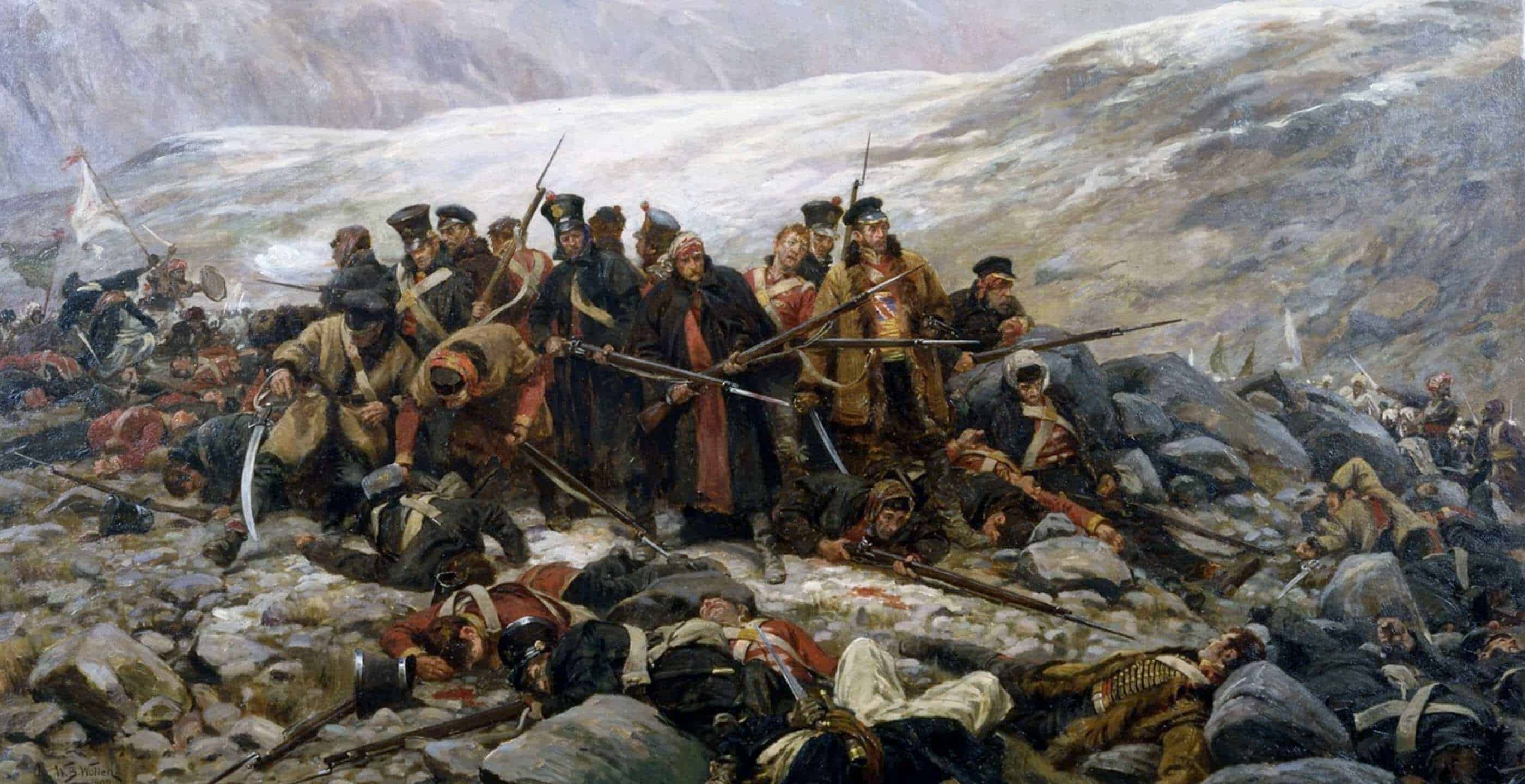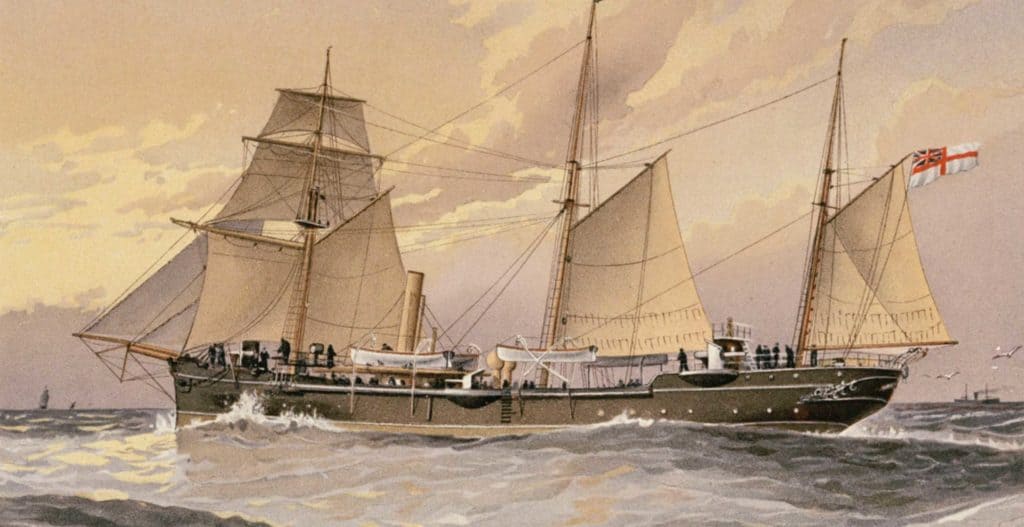The horrifying story of the Black Hole of Calcutta starts in early 1756. The East India Company, a relative newcomer to the Indian subcontinent, had already established a popular trading base in Calcutta but this hegemony was under threat by French interests in the area. As a preventive measure, the Company decided to increase the defences of its main fort in the city, Fort William.
It is important to remember that during these early days of colonial rule, the East India Company had direct control only over a small number of strongholds in India, and to maintain these strongholds the Company was often forced into uneasy truces with nearby princely states and their ruling ‘Nawabs’.
Upon hearing of the increased militarisation of Fort William, the nearby Newab of Bengal, Siraj ud-Daulah, rallied together some 50,000 troops, fifty cannons and 500 elephants and marched on Calcutta. By June 19th 1756 most of the local British staff had retreated to the Company’s ships in the harbour, and the Newab’s force was at the gates of Fort William.
Unfortunately for the British, the fort was in a rather poor state. Powder for the mortars was too damp to be used, and their commander – John Zephaniah Holwell – was a governor with limited military experience and whose main job was tax collecting! With between 70 and 170 soldiers left to protect the fort, Holwell was forced to surrender to the Newab on the afternoon of June 20th.
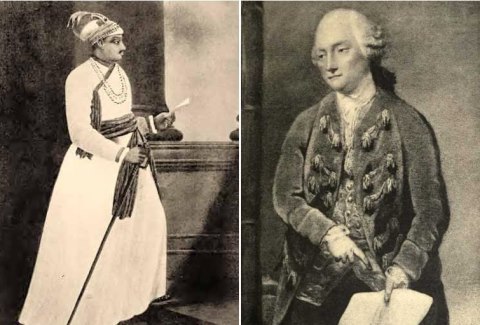
Left: The Newab of Bengal, Siraj ud-Daulah. Right: John Zephaniah Holwell, Zemindar of Calcutta
As the Newab’s forces entered the city, the remaining British soldiers and civilians were rounded up and forced into the fort’s ‘black hole’, a tiny enclosure measuring 5.4 metres by 4.2 metres and originally intended for petty criminals.
With temperatures hitting around 40 degrees and in intensely humid air, the prisoners were then locked up for the night. According to Holwell’s account, the next few hours saw over a hundred people die through a mixture of suffocation and trampling. Those that begged for the mercy of their captors were met with jeers and laughter, and by the time the cell doors were opened at 6am there was a mound of dead bodies. Only 23 people had survived.
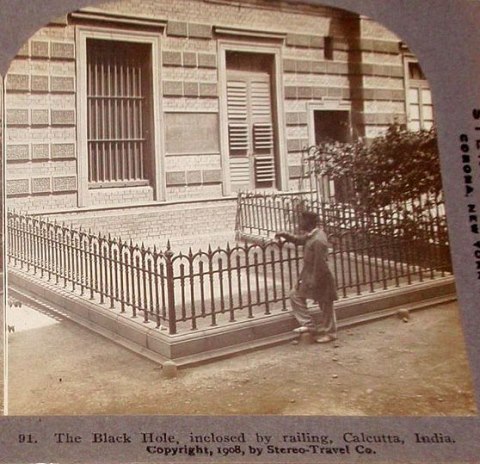
When news of the ‘Black Hole’ reached London, a relief expedition led by Robert Clive was immediately assembled and subsequently arrived in Calcutta in October. After a prolonged siege, Fort William fell to the British in January 1757.
In June of the same year, Robert Clive and a force of just 3,000 men defeated the Newab’s 50,000 strong army at the Battle of Plassey. The success of the British at Plassey is often cited as the start of large-scale colonial rule in India, a rule that would last uninterrupted until independence in 1947.
Published: 24th December 2014.
